Introduction
There are two important anniversaries in September 2024: namely for two games that became an integral part of their generations. These games have a special place in the heart of many players.
First, we have C, which is considered the best title of the third generation by many, as it combines the previous chapters of this story (Ruby and Sapphire), and completes it. Furthermore, this game is special to the many players who started their Pokémon journey with it.
Next, we have another classic, the Heart Gold & Soul Silver franchise, which is one of the most beloved remakes among the community. It brought back the nostalgia of Game Boy Color titles, and features Ho-Oh and Lugia as the main characters.
Ad
Emerald and Heart Gold & Soul Silver: The Story
Emerald
Pokémon Emerald, which was released in Japan on September 16th, 2004, is part of the Hoenn trilogy, and closes out Brendan and May's journey. The story explores Team Magma and Team Aqua, the villains, who are trying to awaken their legendary Pokémon to reach their absurd goals.
Team Magma wants to bring back Groudon to expand the planet's land mass, whereas Team Aqua wants to expand the oceans by waking up Kyogre. This fight causes a cataclysm that only Rayquaza, the guardian of the skies, can stop and reestablish balance.
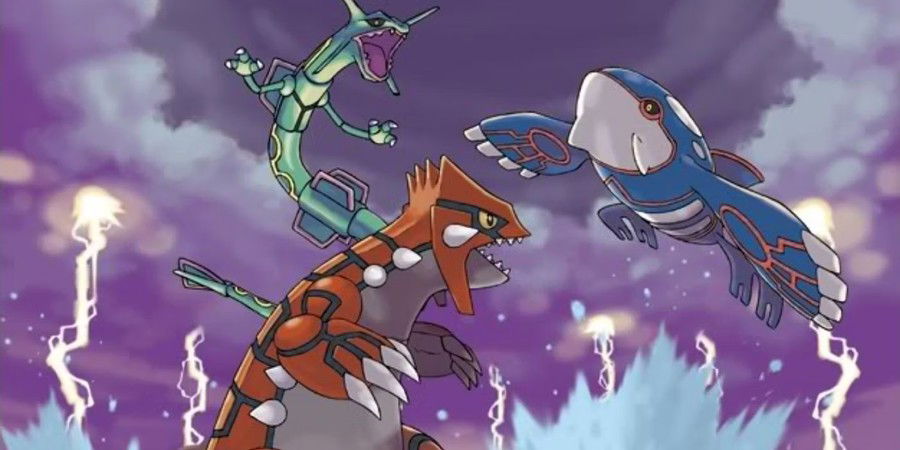
How It Affected the TCG
2004 was a critical year for Pokémon TCG competitively, as that's when the Pokémon Company took control over the TCG globally and replaced Wizards of the Coast. After this change, the Pokémon Company introduced Play! Pokémon, which we know from today, and released the Ruby & Sapphire block, starting with the Base Set.
The first official World Championship also took place this year, at the Hilton Orlando Buena Vista Palace. This decision was critical for the development of the competitive scene we know today.
How Important It was in the Ruby & Sapphire Block
Rare Candy

Pokémon TCG always keeps up with the VGC, and these portable titles are fundamental for the longevity of the TCG. The Emerald set (or the "Emerald ex" set) was released to the TCG in 2004-2005, and brought crucial cards for the meta at the time, like the Rare Candy EM 83 reprint. Originally released in Ruby/Sapphire: Sandstorm, Rare Candy was one of the most expensive and essential "staples" to evolve stage 2 Pokémon. It is still important today, in 2024, so its legacy does live on.
Many collectors and players who only play vintage cards are proud to own this card, particularly the Reverse Foil version, which features this set's logo.
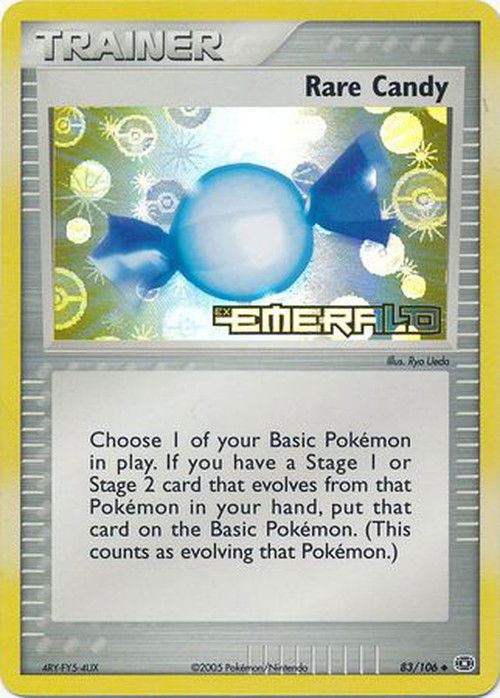
An interesting detail is that the Pokémon Company also modified this card later on. It was simply too strong before, as it let you evolve Pokémon on a single turn.
Important Trainers
Scott

This set brought to the meta a few very essential cards, like Scott EM 84, which was extremely efficient. It let you look for a combination of three Supporters or Stadiums in your deck and put them in your hand, which was crucial to control the game.
Wally’s Training

Wally's Training reprint, originally released in Ruby & Sapphire: Sandstorm, also stood out at this time. This card let you evolve a Pokémon on the same turn you played it, so it was an important resource.
Battle Frontier

This powerful stadium disabled Poké-Powers and Poké-Bodies of any Colorless, Darkness, and Metal Pokémon, like Path to the Peak CRE 148, which disables, today, Rule Box Pokémon and "baby" Pokémon.
Ad
Important Special Energies
Two energies from this set were incredibly relevant for the history of the TCG as a whole:
1) Multi Energy EM 89 introduced the concept of "wildcard" energies, like Luminous Energy sv2 191 in the current meta. It gave you any type of energy, but, if there was another special energy attached to one of your Pokémon, it gave you a colorless energy.
2) Double Rainbow Energy EM 87's reprint, from Ruby & Sapphire: Team Magma VS Team Aqua, was the second time this card was featured in a set, as well as the last. It worked like a double "wildcard" energy for evolved Pokémon, and reduced the damage you dealt to your opponent by 10 points.
Expensive Cards From This Set
Some cards from this set became more valuable as the years went on. One of them is the Reverse Foil Pikachu EM 60, which currently costs around US$40. Even if it is unranked by companies like PSA CGC, it is still a gem for collectors, particularly Pikachu fans.
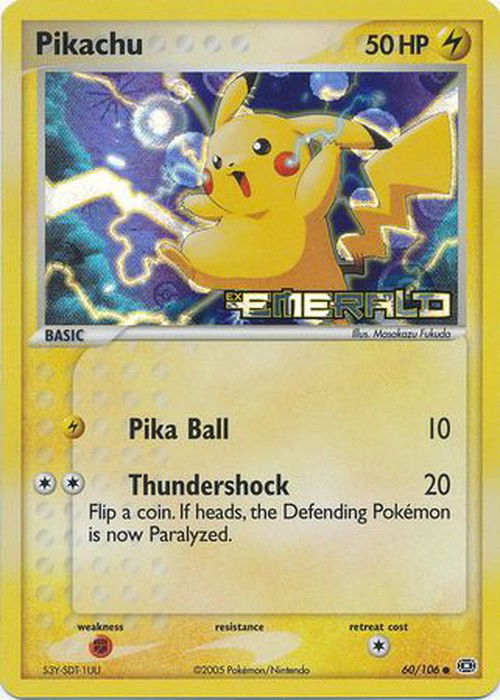
Furthermore, this set is known for its basic energy design, which is one of the most beautiful designs in the history of Pokémon TCG. Many players still want to get these cards for their decks:

Note: At the time, Darkness Energy EM 86 and Metal Energy EM 88 were considered special energies, and not basic energies!
Heart Gold & Soul Silver
Heart Gold/ Soul Silver, which was released on September 12th, 2009, is a retelling of the classic Johto events, featuring protagonists Ethan and Kris. In this story, they explore the region, face their rival, Silver, as well as the last members of Team Rocket, and uncover more about this region's mystic past. The story itself involves the Ho-Oh and Lugia legends, how the Legendary beasts were created (Entei, Raikou, and Suicune), time travel with Celebi, and the iconic battle against Red, the Kanto champion.
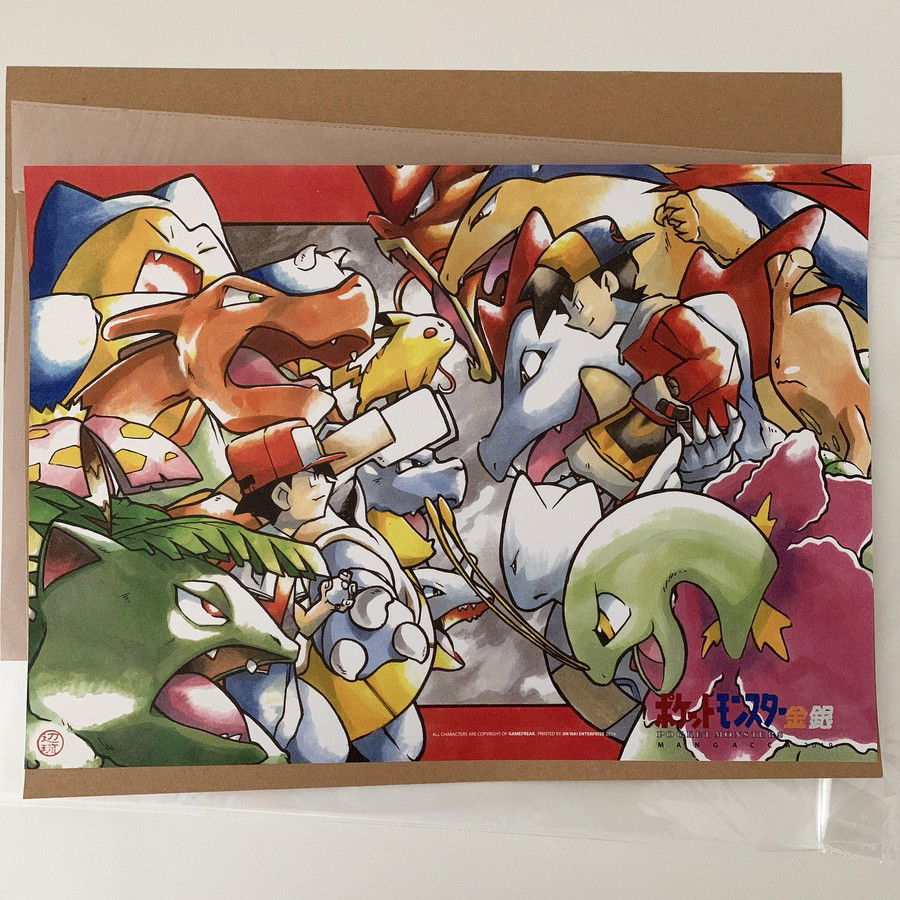
The Nintendo DS upgraded the game's Pixel Art graphics, and they also brought back a game mechanic: the first Pokémon in your team gets to walk beside you during your entire journey (originally from Pokémon Yellow). Furthermore, your Pokédex included Pokémon from Johto and Kanto, as well as Pokémon from the third and fourth generation (Hoenn and Sinnoh).
Animated Adaptation of the Johto Story
Legendary Beasts Arc: Pokémon Generations
English
Lugia and Ho-Oh Legends Arc: Pokémon Evolution
English
Ad
How It Affected the TCG
The Heart Gold & Soul Silver TCG was released in Japan on October 9th, 2009, around a month after the VGCs were released, and was released globally on February 10th, 2010. It introduced two new mechanics concerning rarity and power: Pokémon Prime and Pokémon LEGENDS.
Pokémon Prime were different from Pokémon SP and Pokémon LV.X from the Diamond/Pearl era, as well as the Pokémon ex from the Ruby/Sapphire era, because they didn't have any Rule Box. This meant they didn't give your opponent extra Prize cards when they were knocked out.
Pokémon LEGENDS were divided into two parts that you needed to combine to form a sort of "Exodia" Pokémon, and were the inspiration for Pokémon VUnion, which were released fist in Sword/Shield. The first Pokémon LEGENDS were Lugia and Ho-Oh, followed by other legendary Pokémon duos in the next sets.
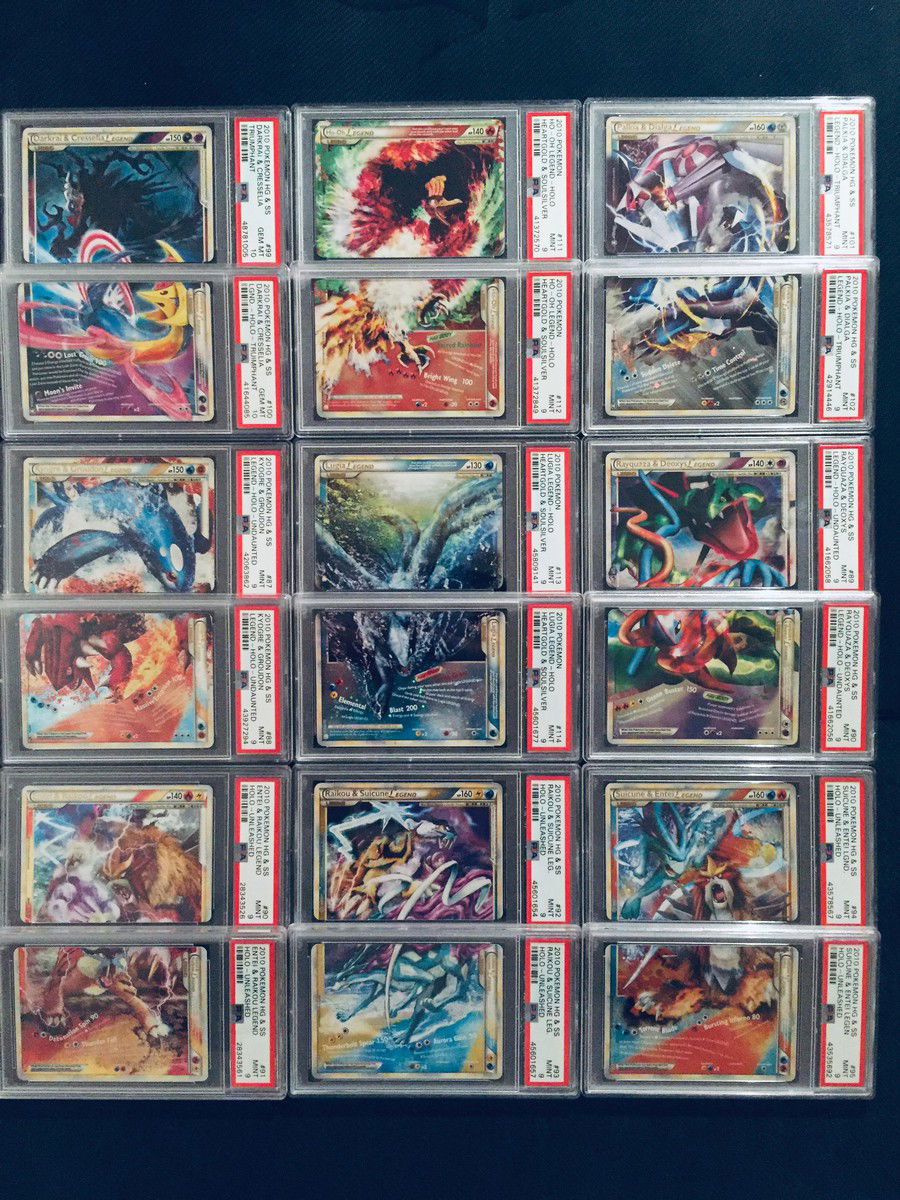
There weren't many sets in this block, and it is considered the second-shortest block in the entire TCG. The shortest block is the e-Cards era.
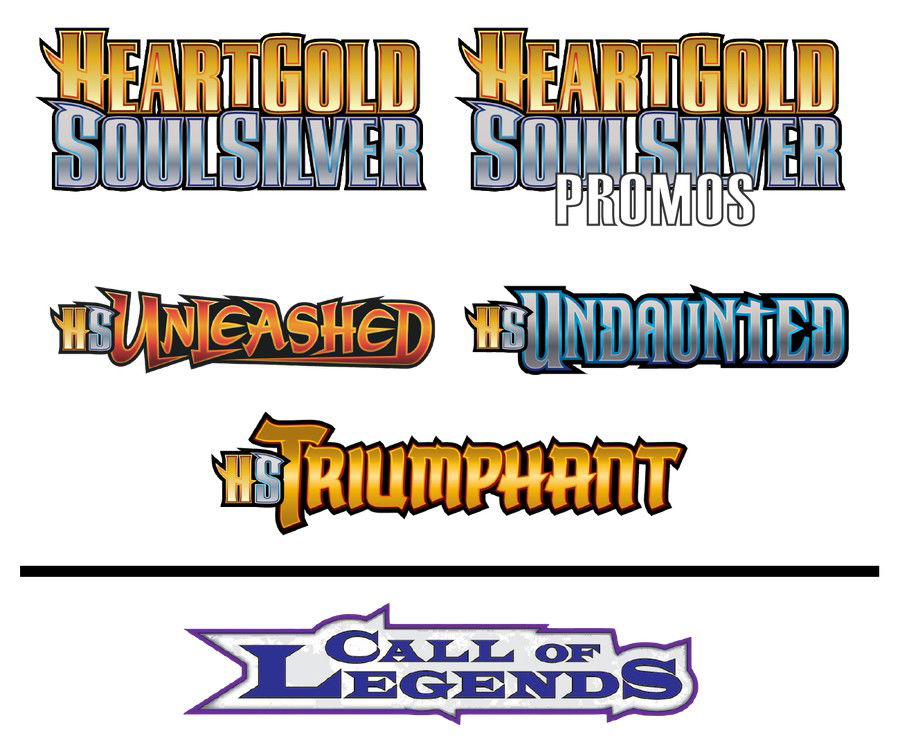
"Prime" Pokémon from the Base Set
Johto Starters

Pokémon "LEGENDS" from the Base Set
Lugia

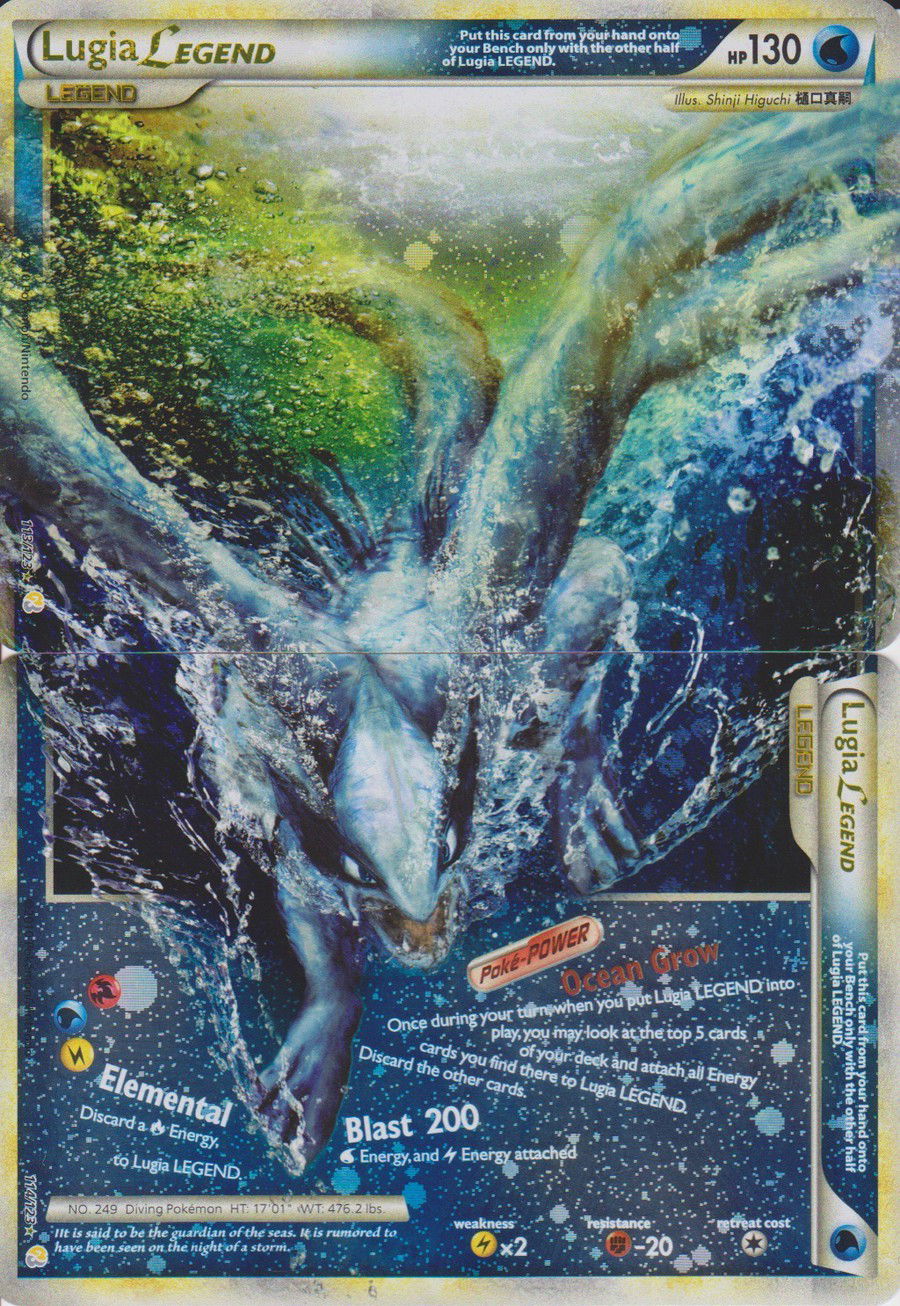
Ho-Oh

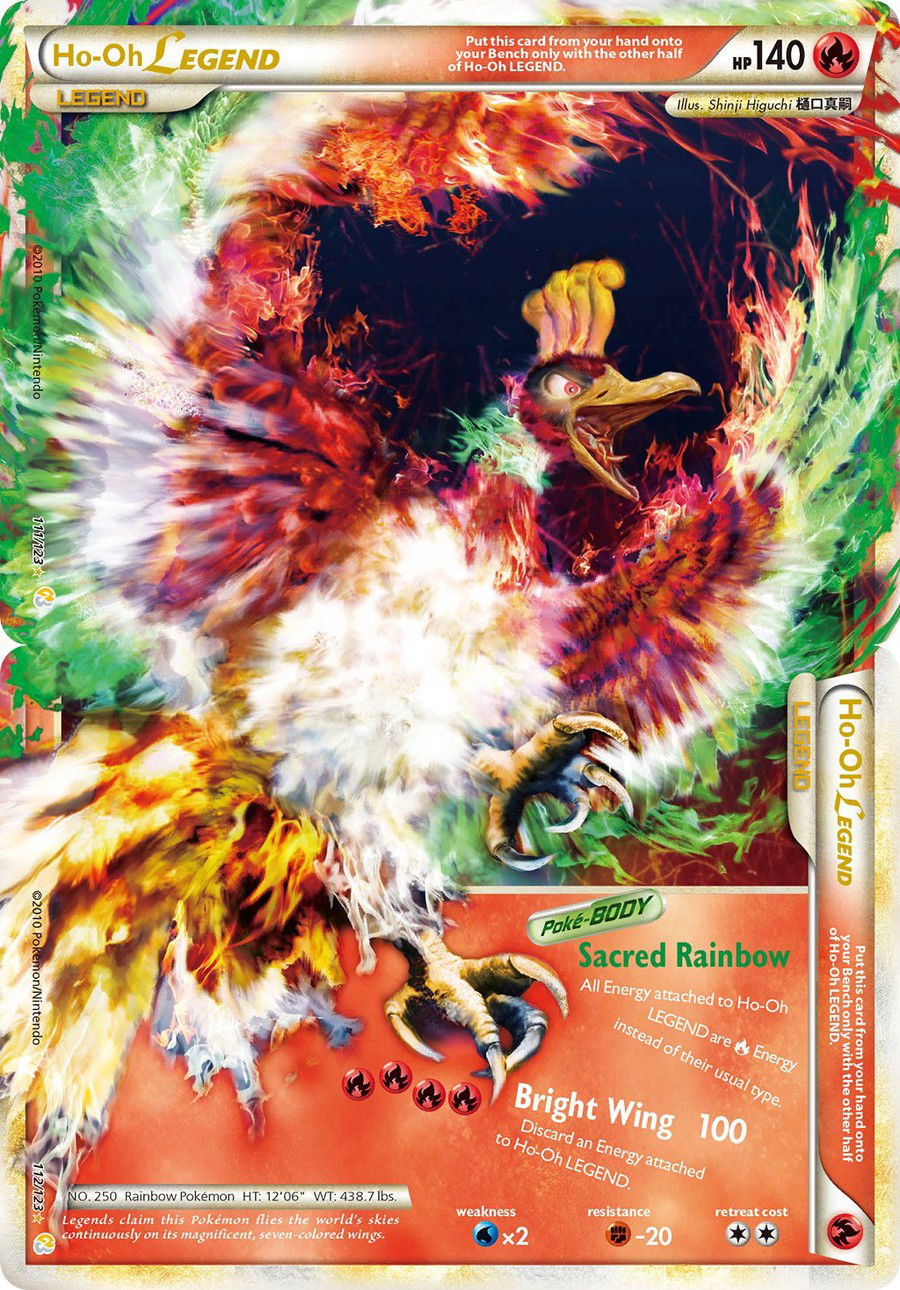
How Important It Was in the HG & SS Block
PokéGear 3.0.

This card, which is a reprint from the Wizards of the Coast era (PokéGear N1 88), returned at this time, and made looking for Supporters in our deck easier. It was also the inspiration for many mechanics we still use today. And, just like Rare Candy EM 83, from Emerald, this card is still coveted by players who collect vintage cards, particularly as it is valid in 2024's Standard format.
Important Trainers
Pokémon Collector

This Supporter was crucial in his time, as it let you get three basic Pokémon from your deck and add them to your hand.
Professor Oak's New Theory

This card was the inspiration for Cynthia UPR 119, from Sun & Moon. By shuffling your hand back into your deck and drawing you six new cards, it renewed your entire strategy.
Copycat

This was a reprint from the e-Cards Series: Expedition era. It is still very efficient, as it draws you cards equal to the number of cards in your opponent's hand.
Pokémon Communication

This card, originally released in this block, was reprinted in Black/White and Sun/Moon, and is very useful to swap Pokémon in your hand with Pokémon in your deck. It adds more consistency to your game plan.
Ad
Important Special Energies

Both of these cards returned, and became important reprints in the history of the TCG. Double Colorless Energy HS 103 is essential to this day.
Expensive Cards From This Set
The basic energies from this block are also quite popular among collectors.

Holographic versions of these cards, or League versions with the Play! Pokémon symbol at the right-bottom corner, as well as the "foil" version with the diagonal details, are even more expensive and rare.
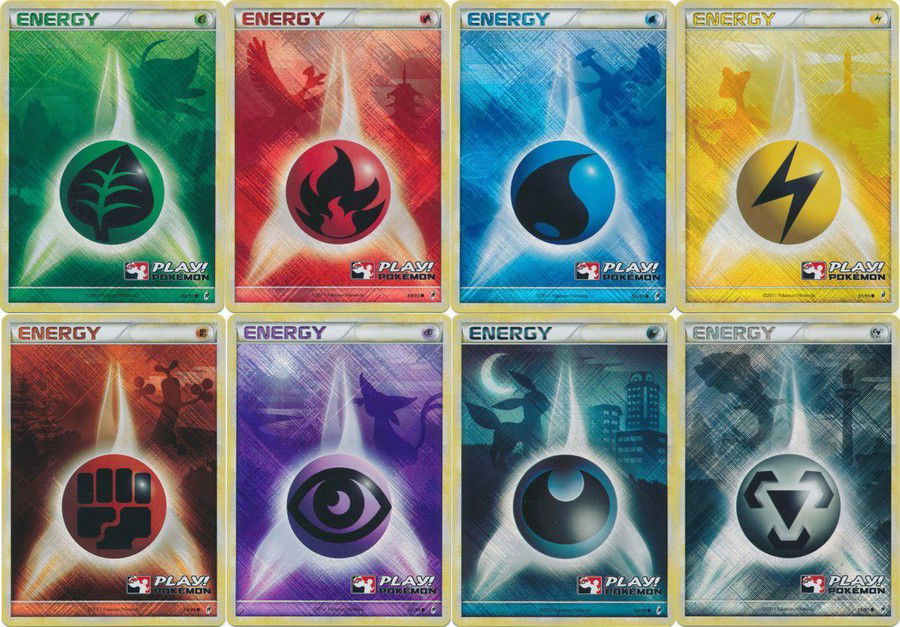
Note: In this block, Darkness and Metal energies became basic energies!
Final Words
Do you feel nostalgic now? Which of these moments and mechanics stood out the most to you? Tell us your thoughts in our comment section below!
Thank you for reading, and see you next time!




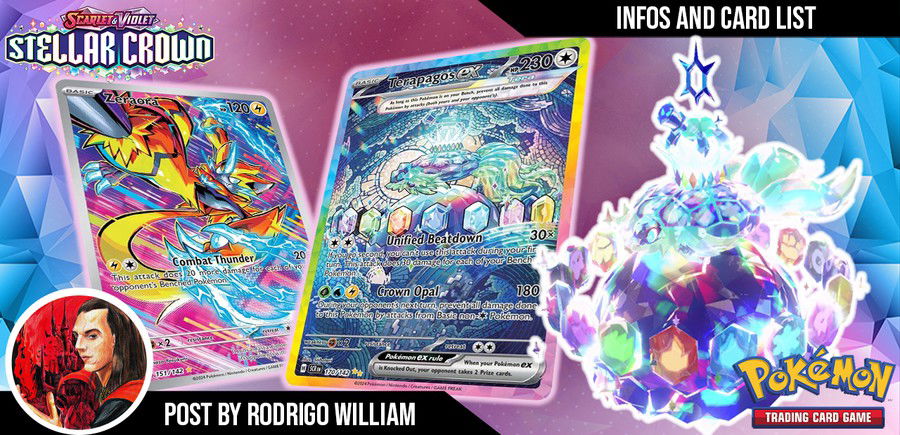
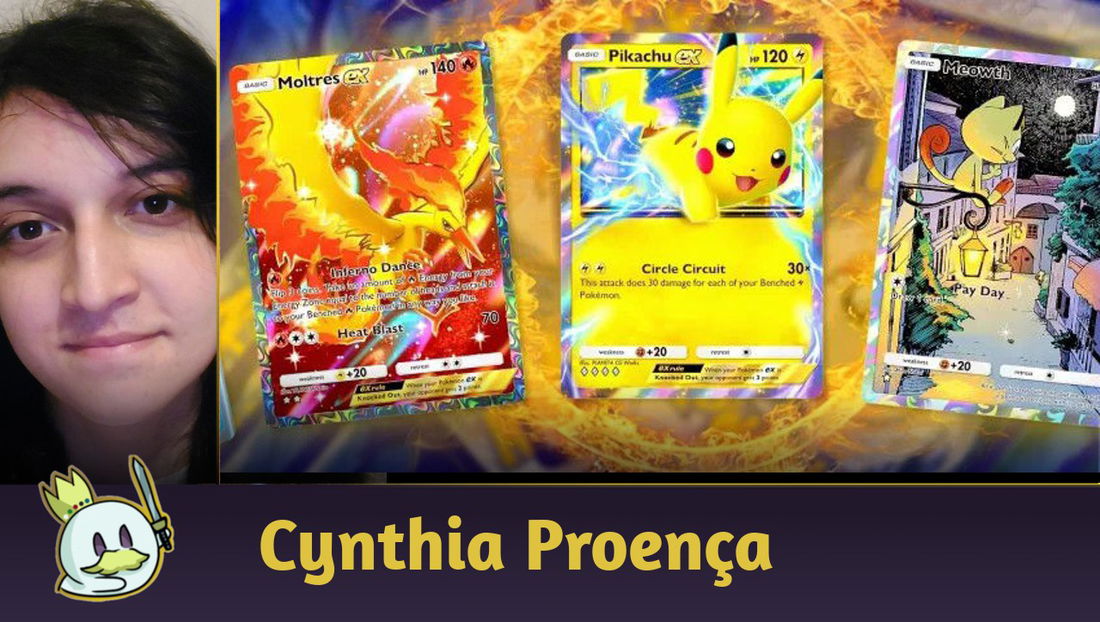

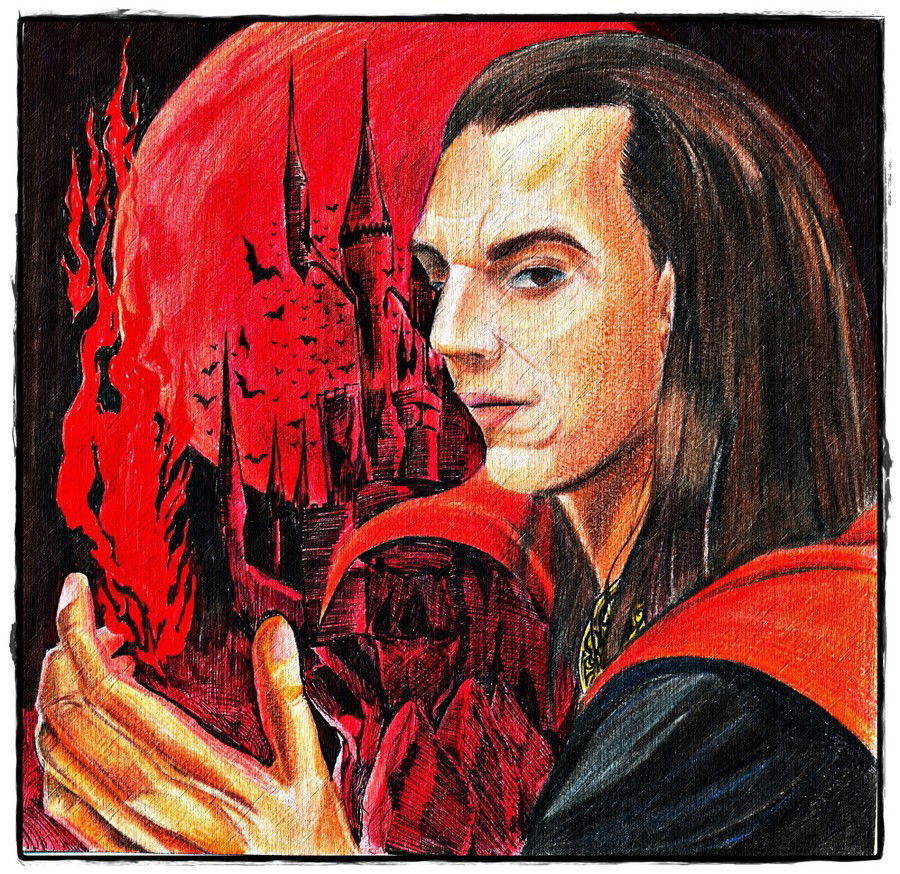

— تعليقات0
كن أول من يعلق